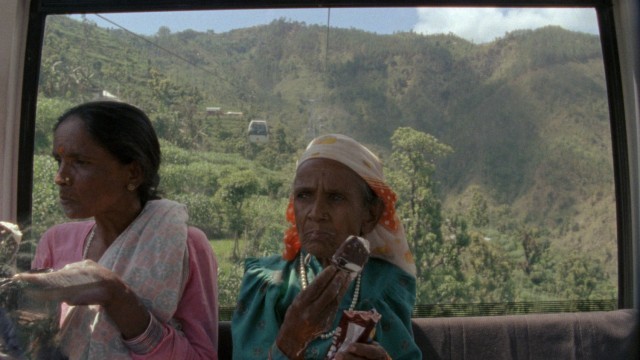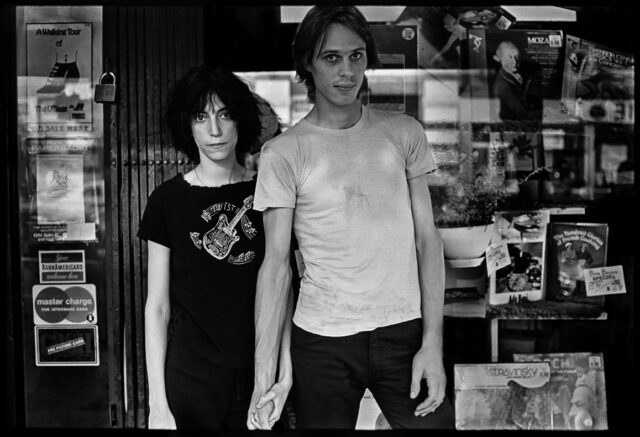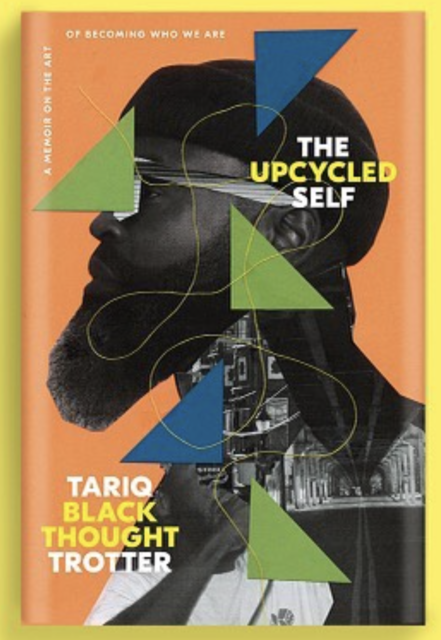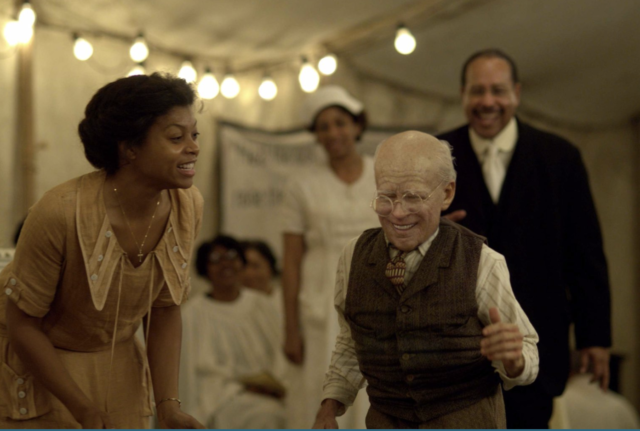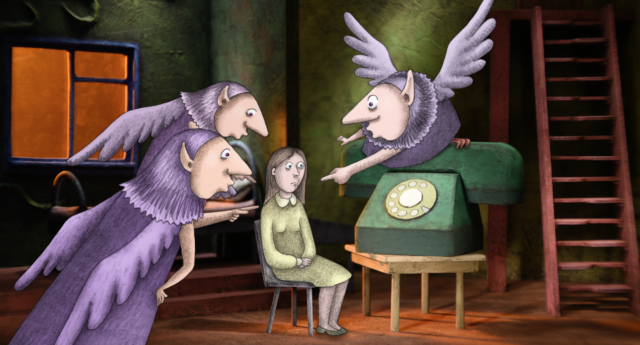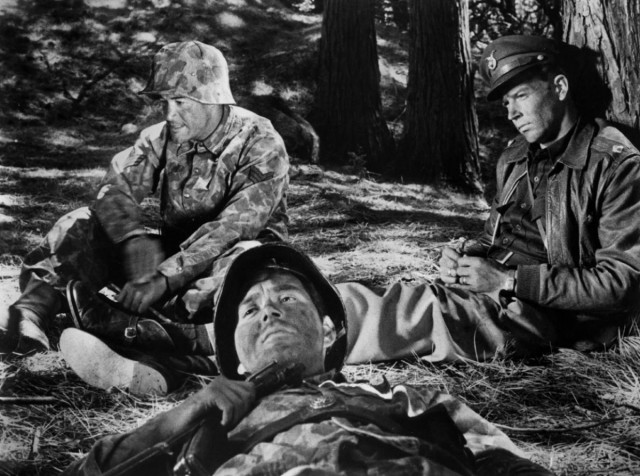MANAKAMANA (Stephanie Spray & Pacho Velez, 2013)
Museum of the Moving Image
35th Ave. at 36th St., Astoria
Saturday, November 18, 12:30, & Sunday, November 19, 3:30
Festival continues through November 26
www.manakamanafilm.com
movingimage.us
If you’re an adventurous filmgoer who likes to be challenged and surprised, the less you know about Pacho Velez and Stephanie Spray’s Manakamana, the better. But if you want to know more, here goes: Evoking such experimental films as Michael Snow’s Wavelength, Hollis Frampton’s Zorns Lemma, and Andy Warhol’s Screen Tests as well as the more narrative works of such unique auteurs as Jim Jarmusch and Abbas Kiarostami, Manakamana is a beautiful, meditative journey that is sure to try your patience at first. The two-hour film, which requires a substantial investment on the part of the audience, takes place in a five-foot-by-five-foot cable car in Nepal that shuttles men, women, and children to and from the historic Manakamana temple, on a pilgrimage to worship a wish-fulfilling Hindu goddess. With Velez operating the stationary Aaton 7 LTR camera — the same one used by Robert Gardner for his 1986 documentary Forest of Bliss — and Spray recording the sound, the film follows a series of individuals and small groups as they either go to or return from the temple, traveling high over the lush green landscape that used to have to be traversed on foot before the cable car was built. A man and his son barely acknowledge each other; a woman carries a basket of flowers on her lap; an elderly mother and her middle-age daughter try to eat melting ice-cream bars; a pair of musicians play their instruments to pass the time.
Each trip has its own narrative, which must be partly filled in by the viewer as he or she studies the people in the cable car and the surroundings, getting continually jolted as the car glides over the joins. The film is a fascinating look into human nature and technological advances in this era of surveillance as the subjects attempt to act as normal as possible even though a camera and a microphone are practically in their faces. Produced at the Sensory Ethnography Laboratory at Harvard, Manakamana consists of eleven uncut shots of ten-to-eleven minutes filmed in 16mm, using rolls whose length roughly equals that of each one-way trip, creating a kind of organic symbiosis between the making and projecting of the work while adding a time-sensitive expectation on the part of the viewer.
A film well worth sticking around for till the very end — and one that grows less and less claustrophobic with each scene — Manakamana is screening November 18 and 19 as part of the Museum of the Moving Image series “Reverse Shot at 20: Selections from a Century,” honoring the twentieth anniversary of the film publication Reverse Shot, which has been its in-house journal since 2014; the two-month retrospective highlights twenty-first-century works touted by what was originally a stapled zine. Velez will be present at the November 19 show to discuss the film; both screenings will be preceded by the 2014 video Reverse Shot Talkie: Stephanie Spray & Pacho Velez. “Spray and Velez’s film calls attention to attention, the ways our thoughts and perceptions slowly drift and return during long durations spent looking at certain subjects or familiar scenarios,” Leo Goldsmith wrote in Reverse Shot.
